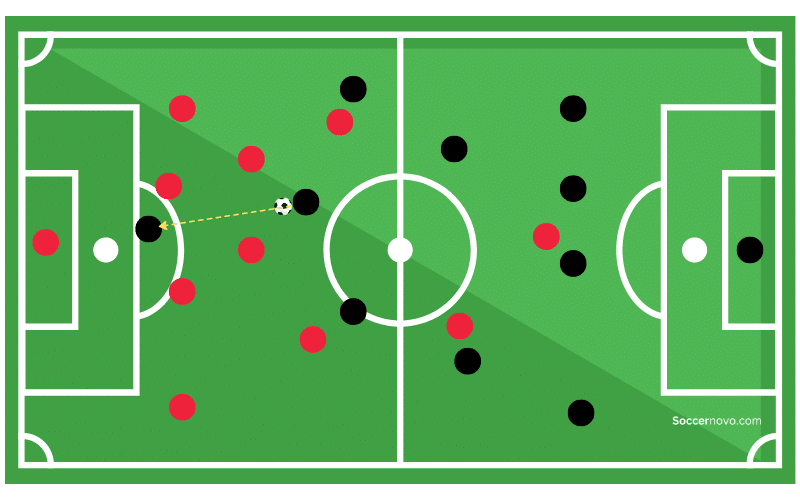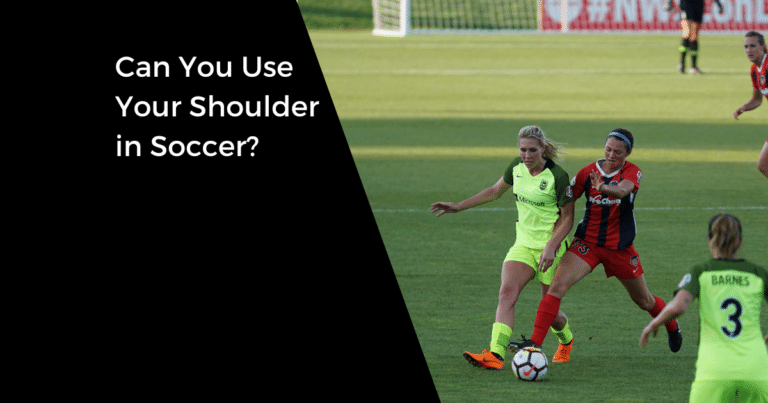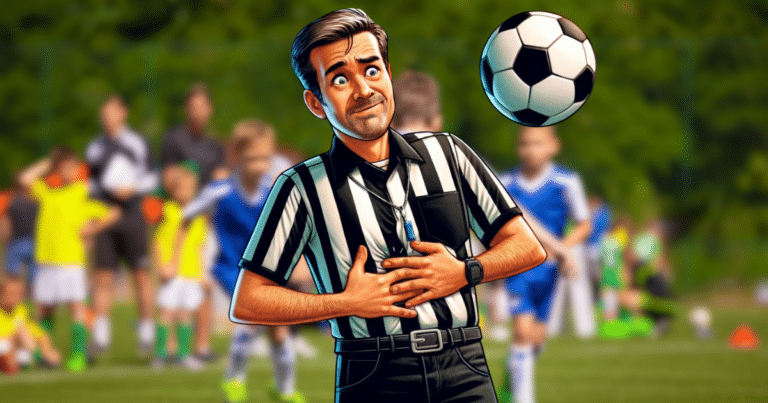Cracking the Soccer Offsides Code
An offside call is when an offensive player is closer to the opponent’s goal than the last defender (excluding the goalkeeper).
It would be an unfair advantage if a player “cherry-picks” and simply hangs around the goal when the ball is on the other side of the field. That’s why this is the offside penalty is called.
Key Takeaways From This Article:
- There has to be one defender (and goalie) in front of you before a pass is made or it will be called an offside.
- A player can be in an offside position but if they aren’t actively involved in the play then it’s not an offense.
- In most games, the AR (Assistant Referee) will make the call.
- There usually aren’t offside penalties in indoor soccer and futsal.
As you will notice in the following image, if the black dot has the ball and passes it upfield, it would be considered offsides because the receiving player is ahead of their opponents.

If a player is in an offsides position when the ball is played to them, they will be penalized by the referee and play will stop.
What Happens if the Player is Offsides But Doesn’t Get the Ball?

It’s important to note that being in an offsides position is not the same as committing an offsides offense.
A player can be in an offside position without actually breaking the rule. It’s only when the player becomes actively involved in play by touching the ball that the referee will blow the whistle.
Here’s a two-minute video explanation…
What Are the Exceptions to the Offsides Rule?
While the offsides rule in soccer is applied in most situations, there are some exceptions to the rule that players should be aware of.
Here are the most common exceptions to the offsides rule:
Receiving the Ball from a Throw-in or Corner Kick

If a player receives the ball from a throw-in or corner kick, they cannot be called offsides.
This is because the ball is being played from the side of the field, which resets the offsides rules.
You can be called offsides on a free kick. This is one of the reasons coaches want their defensive players up. Offensive players should always watch their line.
Deliberate Play by the Opposing Team
If the ball is deliberately played by an opposing team before an attacking player is in an offside position and that player touches it, the attacking player is not considered offside.
This means that if a defender intentionally kicks or heads the ball to a teammate who is in an offside position, the attacking player can still play the ball.
Being On Your Own Half of the Field
Players cannot be called offsides if they are on their own half of the field.
This means that if an attacking player runs past the last defender and is in an offside position but is still in their own half of the field when the ball is played, they cannot be called offsides.
Offsides in Youth Soccer

In youth soccer, offsides are called often. Typically, from U10 and older, the offsides call is in play.
As a striker, forward, or midfielder, you must “check your line.”
This means that you need to be aware of the last defender and make sure they are in front of you. You may have to position yourself to get onside.
If you are a player making the pass, you may need to play the ball to another teammate. That player can turn and play it forward to their teammate who is hopefully onside now.
Once the ball is kicked, the player can take off and try to get by the defender without the ball.
By being aware of the rule and making it a habit, it will become second nature and you’ll be able to create more scoring opportunities for your team!
Offsides is Part of the Game
If you find yourself getting whistled for an offsides offense, don’t let it affect you. It happens.
If you are an attacking player, just be aware of the last defender and make sure your entire body is behind them.
Now that you understand the offsides rule, you can try to score with confidence!

Written By: SoccerNovo
SoccerNovo is an independent youth soccer media brand built to help parents, players, and coaches better understand the game and the pathways available in U.S. soccer. Our mission is to make youth soccer simpler, clearer, and more accessible for everyone involved in it.
Let’s connect







